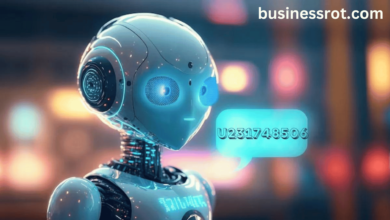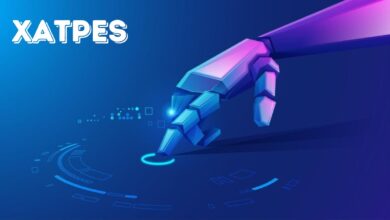Oprekladač: Unveiling the Modern Marvel of Translation Technology

In today’s interconnected world, language barriers are no longer insurmountable obstacles. Thanks to the rapid advancements in technology, translation has become an integral part of our daily lives. Among the many tools and innovations that have revolutionized the field of translation, the term “oprekladač” is emerging as a game-changer. This article will delve deep into the world of “oprekladač,” exploring its origins, functionalities, and the impact it has on our global society.
The Birth of Oprekladač
The term “oprekladač” might sound unfamiliar to many, as it is a relatively new concept in the world of translation technology. It is derived from the Slovak word “prekladač,” which translates to “translator” or “interpreter” in English. However, it’s more than just a linguistic variation; it represents a groundbreaking shift in the way we approach translation.
It combines cutting-edge artificial intelligence (AI) and machine learning technologies to bridge language gaps more efficiently and accurately than ever before. It leverages the power of neural networks, deep learning, and natural language processing to deliver seamless and contextually relevant translations across various languages. In essence, oprekladač is the future of translation.
Understanding the Oprekladač Technology
To appreciate the significance of oprekladač, it’s essential to understand the underlying technology that makes it possible. Here are the key components of this modern marvel:
- Neural Networks: Oprekladač relies on complex neural networks that mimic the human brain’s structure and function. These networks are trained on vast datasets of multilingual text to learn the nuances of language.
- Deep Learning: Deep learning algorithms allow oprekladač to analyze and process large volumes of text quickly. The system can identify patterns, context, and linguistic nuances that are essential for accurate translations.
- Natural Language Processing (NLP): NLP is a crucial component of this new technology advancement, enabling it to comprehend and generate human-like language. It can handle idiomatic expressions, slang, and cultural nuances, making translations more contextually relevant.
- Continuous Learning: Oprekladač is not a static system; it continually learns and adapts to changes in language use and cultural shifts. This ensures that it remains up-to-date and capable of handling evolving linguistic trends.
- Multilingual Capabilities: One of oprekladač’s most significant advantages is its ability to translate between a vast array of languages, from widely spoken ones like English and Spanish to less common ones like Icelandic and Swahili.
The Impact of Oprekladač on Society
The emergence of oprekladač has had a profound impact on various aspects of our society:
- Global Communication: Oprekladač has made cross-border communication more accessible and efficient. People can now connect with individuals from different linguistic backgrounds without the need for human translators, fostering international cooperation and understanding.
- Business Expansion: In the business world, oprekladač has opened new doors for companies seeking to expand into global markets. It enables them to reach a broader audience and conduct business in multiple languages, reducing the barriers to international trade.
- Education and Research: Oprekladač is a valuable tool for researchers and academics working on projects involving multiple languages. It aids in the translation of research papers, facilitating the sharing of knowledge across borders.
- Cultural Exchange: The ease of translation provided by oprekladač promotes cultural exchange and appreciation. It allows people to explore literature, films, music, and art from different parts of the world, broadening their horizons.
- Access to Information: Oprekladač has made information more accessible to individuals who do not speak or understand the original language of a text. This democratization of knowledge has far-reaching implications for education and empowerment.
Challenges and Ethical Considerations
While oprekladač represents a significant leap forward in translation technology, it is not without its challenges and ethical considerations. Some of these include:
- Quality Control: Ensuring the accuracy and quality of oprekladač translations remains a challenge, especially for complex or highly specialized content.
- Job Displacement: The widespread adoption of oprekladač technology has raised concerns about job displacement within the translation and interpretation industry.
- Privacy and Data Security: The data used to train this models may contain sensitive information. Ensuring data privacy and security is a critical concern.
- Bias and Cultural Sensitivity: Like any AI system, oprekladač can inadvertently perpetuate biases present in its training data. Efforts must be made to mitigate these biases and promote cultural sensitivity.
- Legal and Ethical Considerations: The use of legal and official documents may raise questions about their validity and adherence to legal requirements.
Conclusion
Oprekladač, born from the convergence of artificial intelligence and language, is reshaping the way we communicate, do business, and access information in our globalized world. Its ability to break down language barriers has opened up new possibilities and opportunities for individuals and organizations alike. However, as with any technological advancement, it comes with its share of challenges and ethical considerations that require careful consideration.




